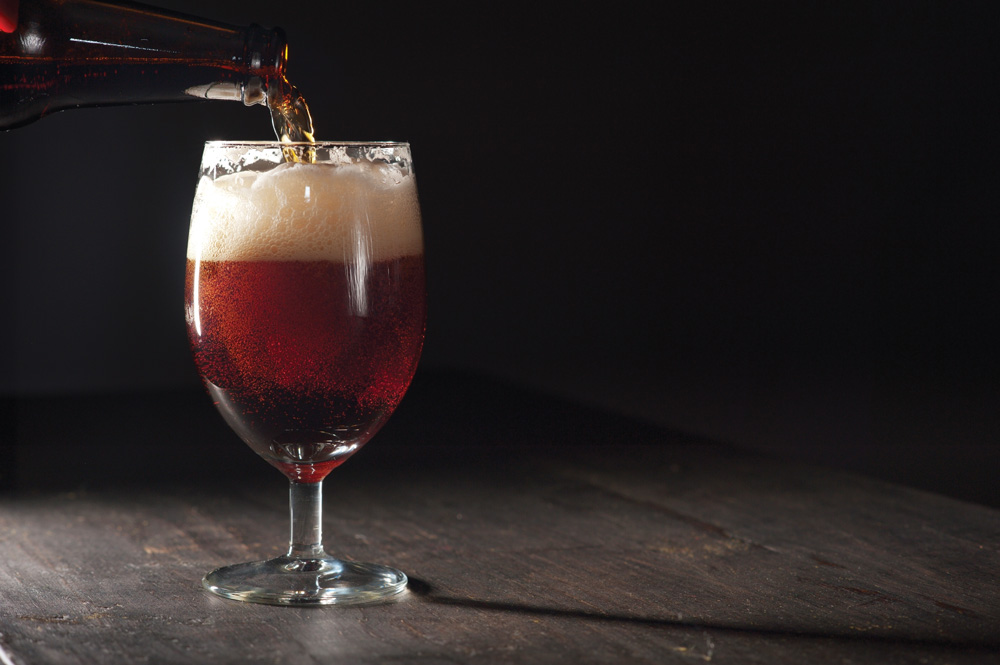Story by Mikey Lowe
Inspiration strikes in strange ways. The lyric, “Hey Porter” was being repeated in Johnny Cash’s baritone timbre and my mouth was wetter than a dog’s once Pavlov rang the dinner bell. I needed a beer. My morning had officially begun.
David Wondrich once suggested that cocktail tastes differed by distance to the city centre. He suggested that rural men came to city bars and drank sweetened cocktails, but men of the town? They drank strong drinks, washed down with the dry banter of local politics.
There is whimsy in this anecdote and the same has been said for beer; 18th-century rural types drank pale ale and wheat beers, whilst their brothers in booze drank the more robust porter style of ales.
Porter was popularised in the 18th century during London’s industrial revolution. Steam-powered engines provided power and cooling systems, which for the first time allowed year-round brewing and storing. This also signalled the end of the small pub brewery, and the beginning of commercial brewing, lending credence to considering the changing palates based on proximity to business epicentres. Perhaps the story has more fact than whimsy.
The 4-1-1 all about the porter style goes like this.
The porter was most likely synonymous with London brown ale popular at the turn of the 18th century.
The earliest mention of porter is by political journalist and poet Nicholas Amhurst (May 22nd, 1721) describing his dining “upon beef, cabbage and porter.”
Swiss-born César de Saussure writes (October 29th, 1726) that its name was derived from the occupations of the manual labourers who preferred it. Porters, perhaps, being partially responsible for theories in its naming.
Porter differs to stout due to the nature of stout being a nomination of stronger beers at the time. Often associated with dark beers cascading from double/strong/and stout porter; shortening to just ‘stout’. Implying ‘stout’ was a term for any strong beer, which is true. The resurrection of white stouts seems more a semantic throwback, but are proving moderately popular.
Porters use malted barley, but stouts use primarily unmalted roasted barley. Porters tend to be slightly lighter and less full-bodied than stouts, in part due to the residuals left over in brewing between those specified categories of barley; specifically, malted grain has more fermentable sugars eaten by the yeast, ergo lighter profile. Unmalted grain have more starch leaving more residuals in the final beer, ergo higher relative density and profile.
Warming in the winter, modest in the summer, the porter style offers something for all. Waning warm weather permits us to switch up lighter for heavier styles. Porter should not be hoarded in city centres, but scattered across all taverns and bars. Being nutritious and filling, porter inspired the manual labourers work ethic.
I can attest to that.



I don’t agree: https://www.heroesandheartbreakers.com/blogs/2011/04/take-a-walk-on-the-dark-side